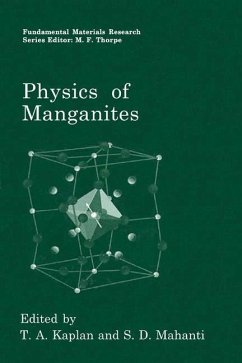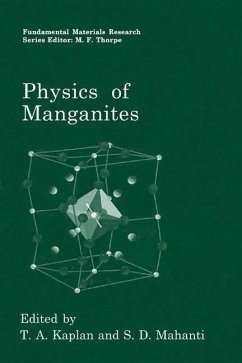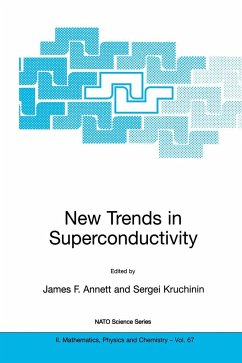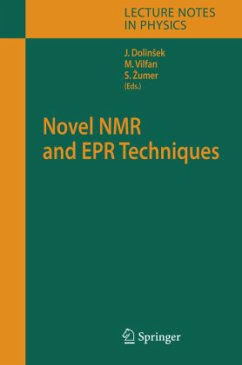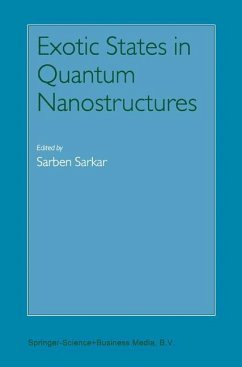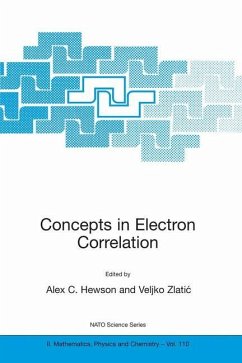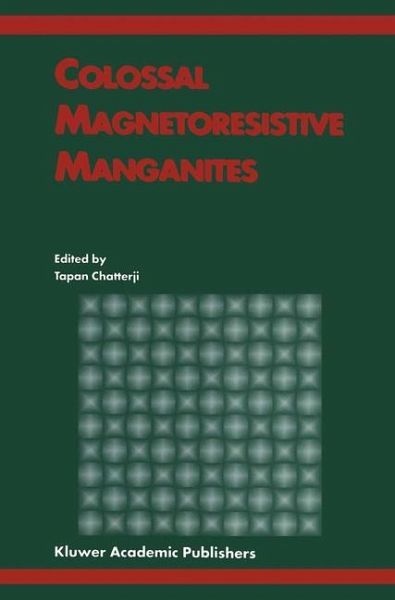
Colossal Magnetoresistive Manganites

PAYBACK Punkte
39 °P sammeln!
The physics of transition metal oxides has become a central topic of interest to condensed-matter scientists ever since high temperature superconductivity was discovered in hole-doped cuprates with perovskite-like structures. Although the renewed interest in hole-doped perovskite manganites following the discovery of their colossal magnetoresistance (CMR) properties, began in 1993 about a decade after the discovery of high temperature superconductivity, their first investigation started as early as 1950 and basic theoretical ideas were developed during 1951-1960. Experience in sample preparati...
The physics of transition metal oxides has become a central topic of interest to condensed-matter scientists ever since high temperature superconductivity was discovered in hole-doped cuprates with perovskite-like structures. Although the renewed interest in hole-doped perovskite manganites following the discovery of their colossal magnetoresistance (CMR) properties, began in 1993 about a decade after the discovery of high temperature superconductivity, their first investigation started as early as 1950 and basic theoretical ideas were developed during 1951-1960. Experience in sample preparation and characterization, and in growth of single crystals and epitaxial thin films, gained during the research on high temperature superconductors, and the development of theoretical tools, were very efficiently used in research on CMR manganites. In early nineties it appeared to many condensed matter physicists that although the problem of high temperature superconductivity is a difficult one to solve, a quantitative understanding of CMR phenomena might be well within reach. This book is intended to be an account of the latest developments in the phys ics of CMR manganites. When I planned this book back in 2000, I thought that research on the physics of CMR manganites would be more or less consolidated by the time this would be published. I was obviously very optimistic indeed. We are now in 2003 and we still do not have a quantitative understanding of the central CMR effect. Meanwhile the field has expanded. It is still a very active field of research on both the experimental and theoretical fronts.







